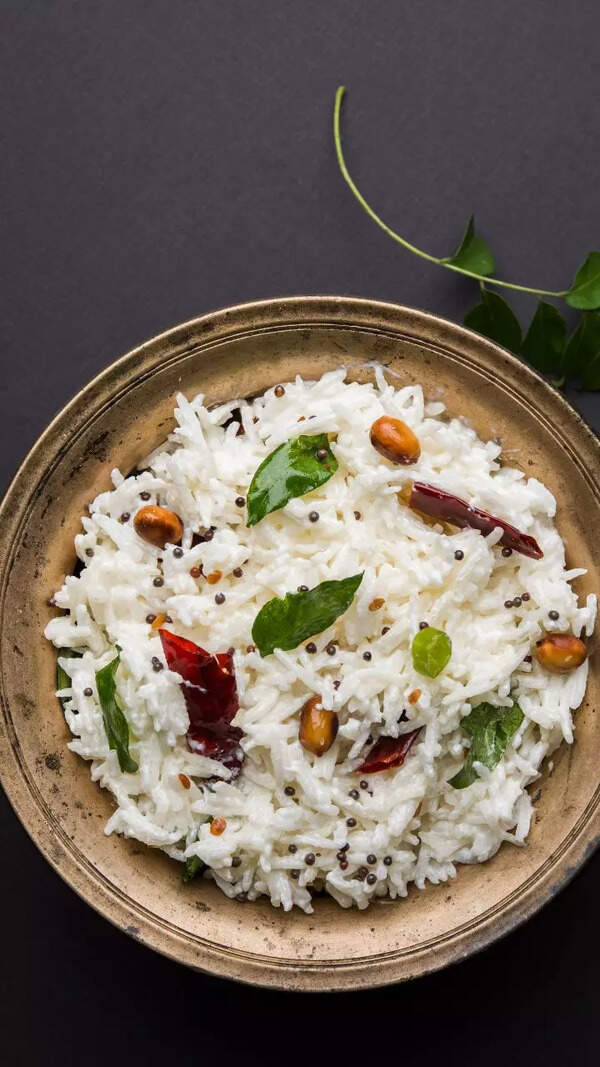5 easy ways to reduce the bitterness of karela

Bitterness, but better
Karela’s bitterness is part of what makes it such a powerful vegetable. It’s cleansing, cooling, and deeply supportive of gut health and sugar balance. But that doesn’t mean you have to suffer through it. With a few tweaks, you can soften the harsh notes and bring out its earthy, complex taste.

5 easy ways to reduce the bitterness of karela
Karela is one of those vegetables that people either love or hate. Packed with iron, fibre, and compounds that help manage blood sugar, it’s one of the most powerful greens you can put on your plate. But its strong, bitter bite can be a deal-breaker for many. Thankfully, there are simple, clever ways to reduce the bitterness while keeping all the nutrition intact. These tried-and-true kitchen hacks make karela more palatable and help you cook it in healthier ways that even karela skeptics might be willing to try. Let’s get straight into it!

Salt it and let it sit
A timeless kitchen hack that never fails. Slice the karela, sprinkle it generously with salt, and leave it alone for a while. You’ll notice it starts to release water—that’s the bitter juice coming out. Once you squeeze or rinse that off, the sharp edge is noticeably softer. This method keeps most of the nutrients while making the taste way more pleasant.

Use yogurt or buttermilk
Soaking karela in thick curd or buttermilk before cooking helps cut down the bitterness and gives it a subtle tang. It also helps balance digestion and adds a mild creaminess that pairs well with spices. This method works especially well if you're planning to sauté or stuff karela, giving it a milder, almost comforting flavour.

Parboil it briefly
A quick dip in boiling water can help tame the bitterness without overcooking the vegetable. You don’t need to keep it in for long—just enough to soften it slightly and pull out some of that intense sharpness. You can even add a bit of turmeric or lemon to the water for extra effect. This step is especially helpful before making sabzi or karela chips.

Pair it with sweet or tangy ingredients
Bitterness goes away quickly when paired with the right flavours. Tamarind, jaggery, onions, tomatoes, and even a pinch of amchur can do wonders. These ingredients bring balance, making karela not just easier to eat but actually enjoyable. This tip works best when cooking dry karela dishes, chutneys, or curries.

Remove the seeds and scrape the skin lightly
The most bitter parts of karela are usually the seeds and the tough outer ridges. Scraping the skin lightly and removing mature seeds can reduce bitterness quite a bit without affecting the texture too much. It also gives karela a cleaner, softer base that takes on flavours more easily when cooked.








